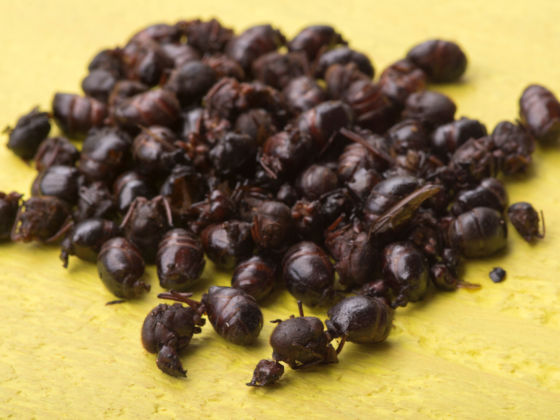“WHAT’D YOU DO YESTERDAY?”
“Went to the Night Market,” my roommate, replied.
“Ah,” I said, “I keep meaning to do that.” Our summer internship in Beijing was coming to an end, and the Donghuamen Night Market was a sort of tourist’s rite of passage. “You try anything?” I asked.
“I ate a scorpion on a stick,” she said. “Decided to skip the spiders and maggots, though.”
“Maggots?”
“Yeah. Some of them were still alive.”
“Nope. Nope nope nope.” And that was it. I didn’t get to the Donghuamen that summer. I just never woke up and thought, “I’m gonna eat some maggots today.” I’ll never make it there on any trip back — it shut down last year, apparently when tourists finally realized that actual Beijingers don’t eat bugs. The Market existed solely for visitors who wanted to dare each other to eat weird shit.
But I always regretted not seeing if I could do it. So I told Kae Lani Kennedy, our social media editor here at Matador, that I wanted to eat bugs on camera, and she said, “Okay.”
